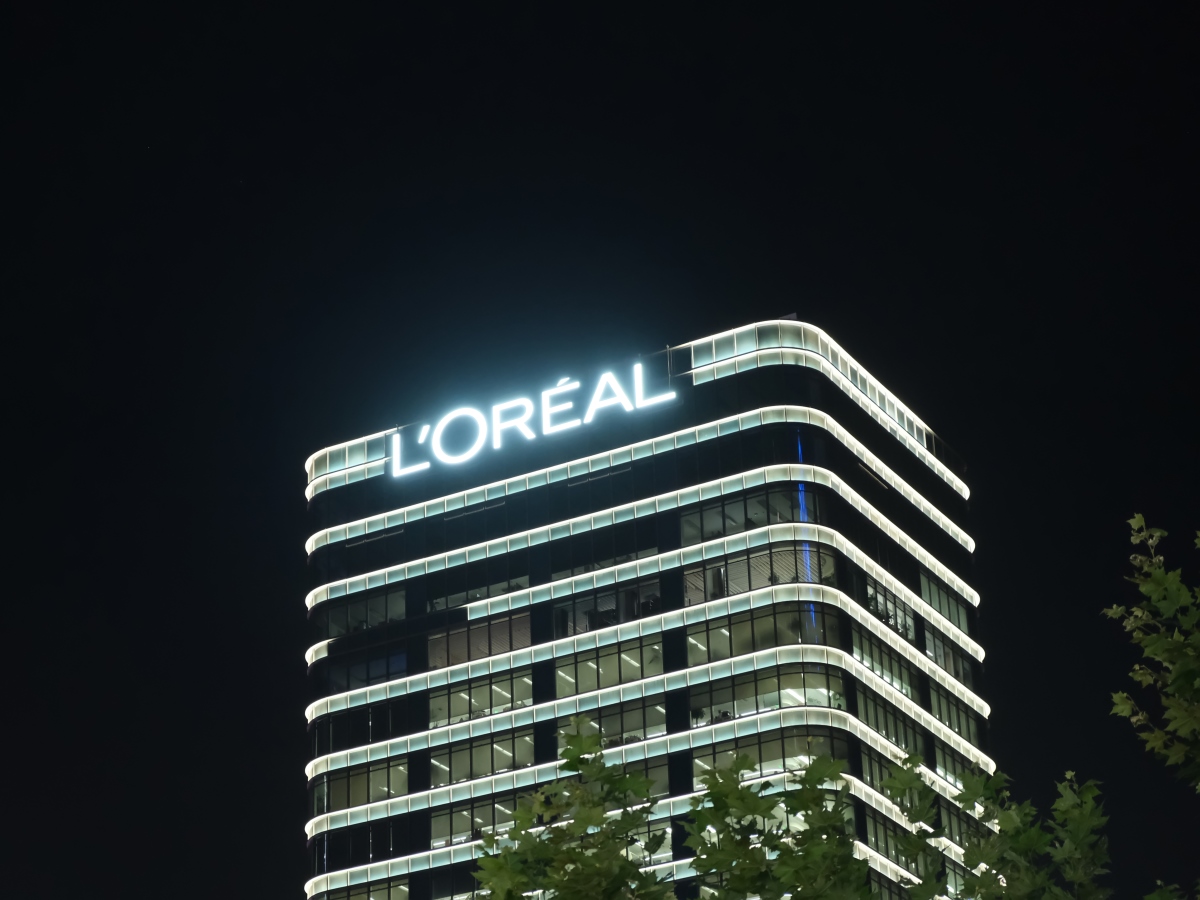L’Oréal continued its post-pandemic bull run during the multinational’s third quarter to reach global sales of 9.58 billion euros (AUD$14.82 billion).
Growth of 19.7 per cent for Q3 pushed the revenues of the world’s largest beauty group to 27.94 billion euros (AUD$43.35 billion) for the first nine months of the year. From January to September, L’Oréal’s sales increased by 12 per cent, by contrast to 6 per cent growth for the overall beauty market.
According to Nicolas Hieronimus, CEO of L’Oréal – “In the context of unprecedented volatility, marked by health restrictions in China and inflation in the Western world, L’Oréal achieved a very solid quarter, continuing at a steady pace of growth compared to 2019.”
The L’Oréal Luxe division, including Lancôme, Kiehl’s and YSL Beauté, was strongly impacted by Covid-19 restrictions in China. Sales increased by 15.8 per cent in reported terms to 3.61 billion (AUD$5.6 billion) euros. But considering the revenge spending experienced by other prestige beauty majors, revenues did not meet analysts’ expectations.
Designer fragrances from brands such as Giorgio Armani, Lancôme and YSL Beauté were a hotspot, though. Sales increased 28 per cent year-to-date, compared to growth in the overall prestige fragrance market of 16 per cent.
L’Oréal’s Consumer Products division, including L’Oréal Paris, Maybelline New York and Garnier, showed the strength of the iconic brands. Q3 sales rose 19.1 per cent to 3.55 billion euros (AUD$5.5 billion). Continued premiumisation across the board and increased prices helped to push up revenues, notably in the US, Europe and India.
The Active Cosmetics division, including La Roche-Posay, CeraVe and SkinCeuticals, continued to be a standout performer with a sales surge of 38.8 per cent in Q3 to 1.32 billion euros (AUD$2.05 billion).
The Professional Products division, including Kerastase, Redken and L’Oréal Professionnel, saw revenues rise in double digits – 15.7 per cent – to 1.09 billion euros (AUD$1.55 billion).
The multinational’s major regional markets all experienced growth in the third quarter. North Asia, including China, grew 11.3 per cent to 2.41 billion euros (AUD$3.74 billion). Europe enjoyed an uplift of 12.1 per cent to 2.88 billion euros (AUD$4.468 billion) and North America gained 27.7 per cent to 2.82 billion euros (AUD$4.375 billion).
The SAPMENA zone of South Asia-Pacific, including Australia, the Middle East, North and Sub-Saharan Africa saw revenues rise 30 per cent like-for-like to 787.7 million euros (AUD$1.22 billion), ahead of Latin America at 675.6 million euros (AUD$1.048 billion) – a hike of 16.2 per cent.
Read the current issue of our digital magazine below:
- For more news and updates, subscribe to our weekly newsletter
- Follow us on Instagram
- Like us on Facebook
- Connect with us on LinkedIn

